South Africa build new steel mill now
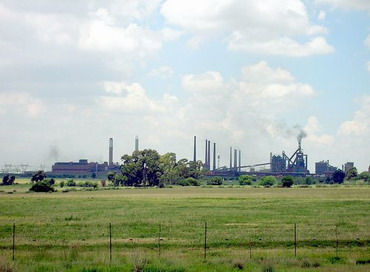
At a time when the global steel industry battles with an influx of cheap steel exports from China, South Africa’s Industrial Development Corp (IDC) has stated that it will go ahead with its plan to build a $5 billion steel mill.
The IDC has identified two potential locations for the new mill in the Mpumalanga province, near Witbank, and Richards Bay in KwaZulu-Natal. The corporation believes that the steel-making facility is capable of supplying steel at competitive prices to stimulate growth in the downstream steel sector.
“South Africa needs a competitive steel industry,” says Geoffrey Qhena, CEO of the IDC. “Given the cyclical nature of the steel industry, a long-term view is important while taking into account the short-term industry pressures.”
South Africa has seen a sharp rise in steel imports from Asia and, as a result, the local steel-processing industry has been constrained by uncompetitive steel prices and the unavailability of certain steel products. “The sector is currently operating in survival mode and needs assistance from government on all levels,” says Johann Nel, Secretary General at the South African Iron and Steel Institute (SAISI).
The prices of imports are below the manufacturing costs of domestic producers, affecting their manufacturing capacities, hampering economies of scale and therefore impacting the profitability of the upstream (the steel producing mills) as well as the downstream (manufacturing industry). This has caused a ripple effect in the industry, causing widespread retrenchments and potential plant closures. “Rather than build new capacity they should try save what we already have such as Highveld Steel and Vanadium in Witbank and ArcelorMittal’s various plants in South Africa,” says Ettiene Van Wyk, commodities trader at Rand Merchant Bank.
The increase in steel exports from China has led to trade tensions in the US, India and Africa with many critics saying that the exports are putting unfair pressures on local industries. JPMorgan Chase is predicting that Chinese steel exports will reach their peak this year as the increase in shipments has prompted a wave of protectionism around the world. Indian authorities increased the import tax on some steel products. The South African government approved increased tariffs on three steel products and is assessing the possibility of other products receiving tariff support.
Net exports from China will plateau at about 90 million metric tons this year, with gross shipments seen at about 105 million tons, the bank said in a report. “It will mean the guys at the top of the production cost curve will have to leave the sector, competitiveness is going to increase to a very large extent and we might see a potential weakening of the Chinese currency,” says Van Wyk.
SA’s current carbon steel finished product production capacity is estimated at 8.8 million tons in 2014. Taking Evraz Highveld Steel out of the equation, as well as Cisco Steel, which has not started up in Cape Town as yet (plant was expected to be producing at planned levels in 2014), our current carbon steel finished product delivery and apparent steel use was estimated at 5.6 and 5 million tons respectively in 2014. Adding to manufacturer woes, says Nel, “is the fact that the steel mills are battling to secure enough scrap for current production as it is”.
According to Nel, the issue of low-priced imports is further exacerbated by the continued slow pace of large infrastructure projects, an unstable labour environment, power supply concerns coupled with the falling levels of production and investment in the South African mining sector.
The IDC’s Qhena says in this context, the IDC, along with its partners, will continue with the feasibility study looking at the viability of a new steel plant. He says the IDC has been studying the project’s potential for well over five years.
The IDC’s project with Hebei Iron & Steel Group, China’s biggest manufacturer of steel by output, is targeting 5 million metric tons of steel annually for the local market. Production of the first output is expected by 2020. Meanwhile, JP Morgan predicts that net shipments from China may total 86 million tons this year, 87 million in 2016 and 83 million the year after that. The 2020 figure was put at 90 million and was unchanged through to 2035, according to the bank.
The oversupply of steel in China means that Hebei’s investment into South Africa will help ease trade tensions. It also comes at a time when Chinese policy makers are loosening restrictions on foreign investment.
As the local industry struggles with low prices, experts and industry players are eagerly awaiting the outcome of the IDC’s study.
Qhena explained to Mineweb that “the investment decision will only be taken after a detailed feasibility study has been completed”. “It will be premature to speculate on the outcome of the study at this stage. Any investment decision will be informed by the outcome of the study based on required economic merit.”

 +86 371 55057610
+86 371 55057610  inquiry@xsteelplate.com
inquiry@xsteelplate.com


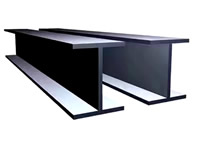
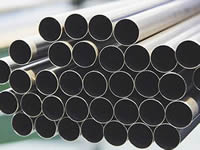
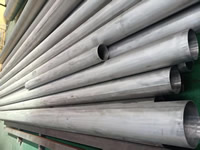
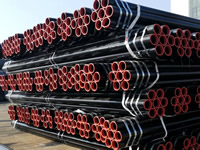
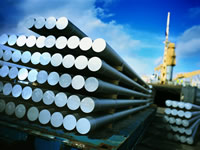

 Tel:+86 371 55057610
Tel:+86 371 55057610  Fax: +86 371 5505 7611
Fax: +86 371 5505 7611